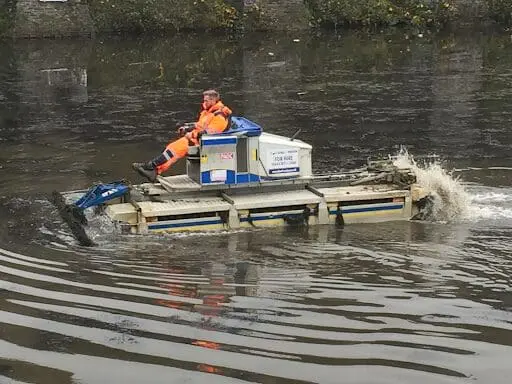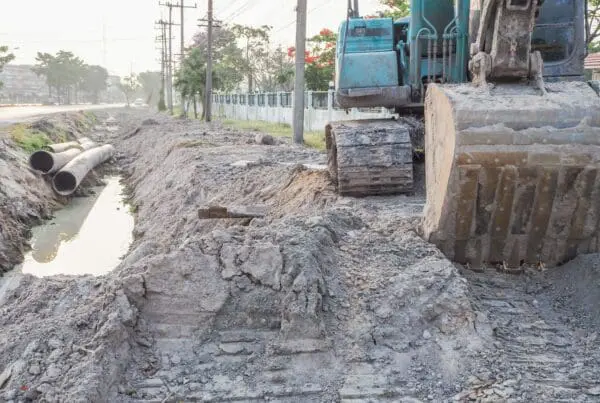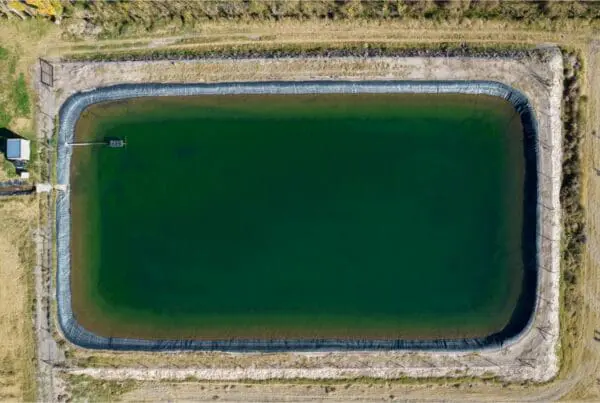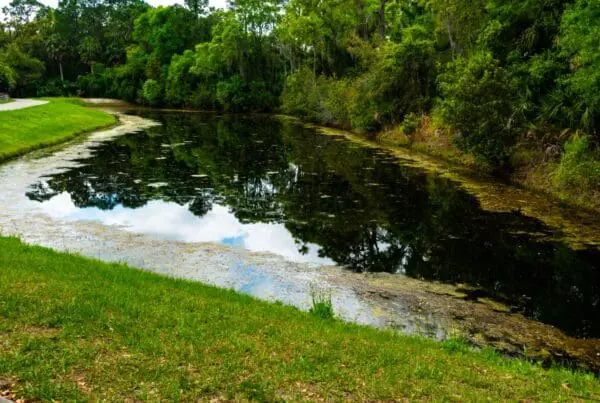Pond Sediment Removal: Methods and Equipment
Pond sediment removal plays a crucial role in maintaining a healthy and thriving aquatic ecosystem. Over time, sediments such as silt, clay, and organic matter accumulate, leading to various consequences for water quality and aquatic life.
In this blog, we will explore the importance of sediment removal and discuss different methods and equipment used for efficient removal.
Understanding Pond Sediment
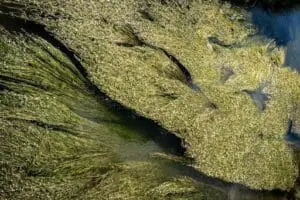 Pond sediment refers to the accumulation of particles, including silt, clay, and organic matter, at the bottom of the pond. Sedimentation occurs naturally as a result of erosion, runoff, and decomposition of plants and other organic materials. Over time, buildup can have detrimental effects on water quality and the health of aquatic life. Excessive sedimentation can lead to decreased oxygen levels, reduced light penetration and visibility, and the release of harmful nutrients into the water, causing algal blooms and negatively impacting the overall ecosystem.
Pond sediment refers to the accumulation of particles, including silt, clay, and organic matter, at the bottom of the pond. Sedimentation occurs naturally as a result of erosion, runoff, and decomposition of plants and other organic materials. Over time, buildup can have detrimental effects on water quality and the health of aquatic life. Excessive sedimentation can lead to decreased oxygen levels, reduced light penetration and visibility, and the release of harmful nutrients into the water, causing algal blooms and negatively impacting the overall ecosystem.
Methods of Removing Sediment from Pond
Several methods are employed for sediment removal, each with its own benefits and considerations:
Mechanical Dredging
Mechanical dredging involves the use of heavy machinery, such as cutter suction dredgers or clamshell dredgers, to physically excavate and remove sediment. This method is effective for large-scale removal but may be limited by accessibility and cost considerations.
Hydraulic Dredging
Hydraulic dredging utilizes water pressure to stir and suspend sediment, which is then pumped out of the pond. This method is particularly useful for fine-grained sediments and can be employed in areas where mechanical dredging is not feasible.
Chemical Sediment Removal
Chemical sediment removal involves the use of chemicals that bind with sediment particles, causing them to settle and be removed from the water. This method is often used in conjunction with other removal techniques to enhance their efficiency.
Chemical sediment management should be approached with caution, considering factors such as the type, the potential impacts on water quality and aquatic life, and the need for proper dosage and application to ensure effective results. Consult with professionals and follow best practices.
Biological Approaches
Biological approaches involve the introduction of beneficial bacteria, enzymes, or aquatic plants that aid in sediment breakdown and removal. These natural methods can be effective for ongoing sediment control and prevention.
Combining multiple methods can yield better results, depending on the specific sediment characteristics and the desired outcome. It is essential to consider the unique conditions of each ecosystem before selecting the appropriate approach.
Types of Equipment
There are various equipment types employed in sediment removal processes, including:
Dredging Equipment
Different types of dredgers, such as cutter suction dredgers and clamshell dredgers, are used in mechanical dredging. These machines are capable of excavating and removing large volumes of sediment efficiently.
Pumping Systems
Sediment pumping systems play a crucial role in transporting and transferring sediment from the pond to designated disposal areas. They are designed to handle different consistencies and distances.
Separation Equipment
Sediment separation equipment, such as basins or traps, is utilized to separate solids from the water during the process. This equipment helps optimize the efficiency of sediment removal and ensures that only clean water is returned to the pond.
Each equipment type has its own benefits and considerations, such as capacity, mobility, and compatibility with specific sediment characteristics. Choosing the appropriate equipment is essential for achieving effective and efficient sediment removal.
Pond Sediment Disposal and Management Equipment
Proper sediment disposal is crucial to prevent recontamination and protect the surrounding environment. Disposal equipment and techniques include:
Dewatering
Dewatering equipment is used to remove excess water from sediment, reducing its volume and facilitating its transport and disposal. Dewatering methods include drying beds, geotextile tubes, or centrifuges.
Sediment Disposal
Appropriate disposal methods include landfilling, land spreading, or beneficial reuse in construction projects. Proper disposal ensures compliance with environmental regulations and minimizes potential impacts on water quality and surrounding ecosystems.
Conclusion
Removing sediment from pond and lake environments is vital for maintaining a healthy pond ecosystem. By understanding the methods and equipment available for sediment removal, pond owners and land managers can make informed decisions to promote water quality, prevent sediment-related issues, and preserve the overall health of the pond.
For professional assistance and guidance in pond sludge removal, including stormwater pond sediment removal, reach out to the experts at PondMedics. Remember, proactive management is key to a vibrant and sustainable pond environment.
